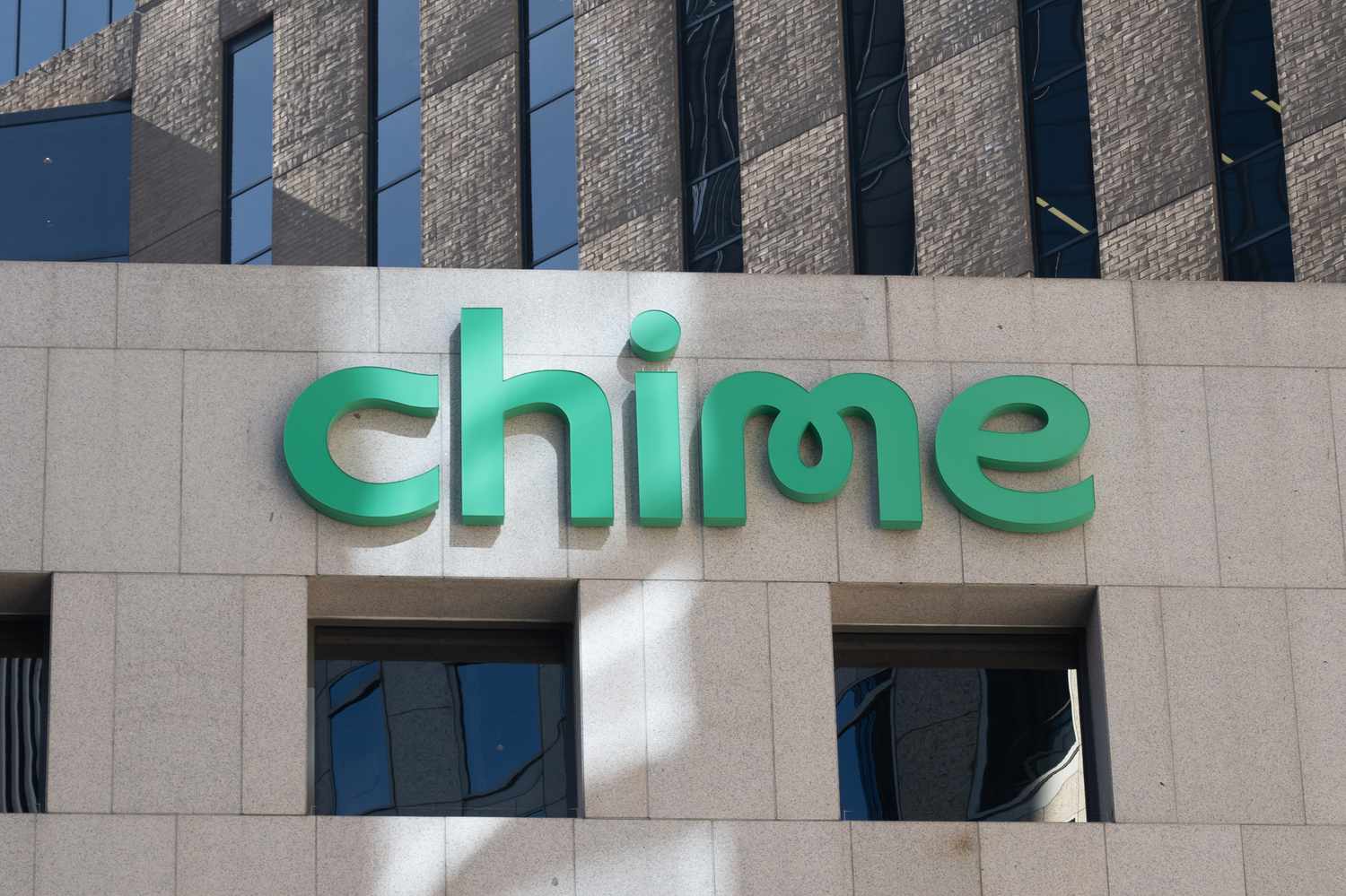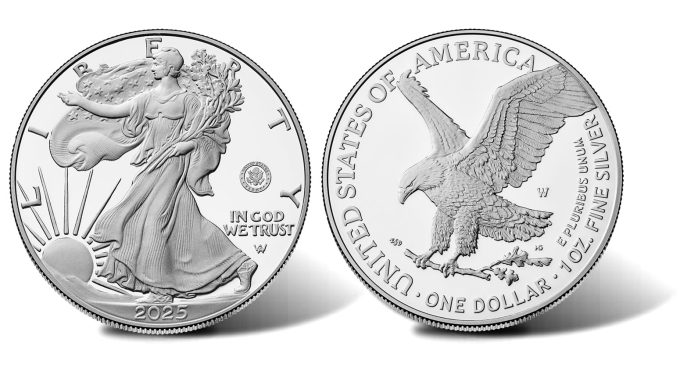What’s Inside the EU AI Act—and What It Means for Your Privacy


In late 2023, the European Union finalized its Artificial Intelligence Act, the world’s first comprehensive law governing corporate AI use. The EU AI Act, which takes full effect by August 2026, applies to any company operating in Europe or serving EU consumers, including U.S. tech giants and startups with overseas customers.
As AI usage becomes more embedded across the public and private sectors, Europe’s legislation could pressure American companies to rethink their approach to data privacy, transparency, and human oversight.
Here’s what’s included in Europe’s sweeping regulation, how it might affect U.S.-based business owners, and why it might reshape consumer expectations.
Key Takeaways
- The EU AI Act intends to set a global benchmark for responsible artificial intelligence usage by requiring companies, including U.S. firms, to meet strict standards for transparency, documentation, and human oversight if they serve EU customers.
- American businesses face real financial and reputational risks if they fail to meet the Act’s requirements, especially for high-risk systems like those used in hiring, credit scoring, or law enforcement.
- Although the U.S. is not expected to follow suit with a similar federal AI law, consumers will grow to expect AI transparency. Experts say smart businesses should prepare now by aligning with the EU’s rules to stay competitive and build trust.
What Does the EU AI Act Do?
The EU AI Act’s main goal is to ensure that companies that develop and use artificial intelligence systems do so safely, ethically, and with respect for consumers’ rights and privacy. It classifies AI tools by risk level and applies different compliance rules accordingly.
- Minimal risk AI systems like AI-powered spam filters and simple video games are largely unregulated.
- Limited-risk AI systems like chatbots, automated product recommendation systems, and image/video filters and enhancement tools must meet transparency obligations to inform users that they’re interacting with artificial intelligence.
- High-risk AI systems are those used in applications like credit scoring, critical infrastructure, border control management, worker management, law enforcement, and many activities that determine a person’s access to resources. These systems face strict documentation, testing, and human oversight requirements, which are expected to go into effect in early August 2026.
- Unacceptable risk AI systems have been deemed to threaten people’s rights, safety, or livelihoods and are banned outright within the EU (with some exceptions). Examples include real-time biometric surveillance for law enforcement or categorization based on sensitive attributes, social scoring systems, and any form of “manipulative AI” that impairs decision-making. This ban has been in effect since February 2025.
The Act also includes provisions for “general purpose AI” (GPAI) models like OpenAI’s ChatGPT to comply with certain requirements based on their level of risk. All GPAIs must adhere to the EU’s Copyright Directive (2019) and provide usage instructions, technical documentation, and a summary of the data used to train their models. Additional compliance criteria apply to GPAI models that “present a systemic risk.”
While some Big Tech companies have pushed back on the regulation, the European Commission has indicated it’s open to amending the Act during a planned review.
Why Does the EU AI Act Matter for American Businesses?
The EU AI Act applies to any company operating within or serving consumers in the European Union, regardless of where they’re headquartered. For American organizations with overseas business partners or customers, the Act could mean significant compliance costs and operational changes for big players and startups. Fines can be as high as 7% of global annual revenue if you use a banned AI application, with slightly lower fines for noncompliance or inaccurate reporting.
Yelena Ambartsumian, founder of AMBART LAW, a New York City law firm focused on AI governance and privacy, believes U.S. companies will start to feel the “regulatory heat” when the provisions dealing with high-risk AI systems go into effect next year.
“U.S. companies must ensure their AI systems meet the transparency and documentation standards set by the EU, which includes providing detailed technical documentation and ensuring proper human oversight,” Ambartsumian said. “Failure to comply could result in penalties, market restrictions, and reputational damage.”
Pete Foley, CEO of ModelOp, an AI governance firm for enterprise clients, added, “U.S. companies could stand to receive a wake-up call.”
“They’ll all need to reevaluate their AI governance practices and make sure they align with the EU expectations,” Foley said.
An AI educator, author, and business consultant, Peter Swain, expects the Act’s rollout and enforcement to follow the same path as the General Data Protection Regulation (GDPR).
“The EU AI Act is GDPR for algorithms: If you trade with Europe, its rules ride along,” said Swain. “GDPR already gave us the playbook: early panic, a compliance gold rush, then routine audits. Expect the same curve here.”
Will American Consumers Be Impacted by the EU AI Act?
While American consumers might not be directly impacted by the EU AI Act’s provisions, experts believe users will get accustomed to higher standards of transparency and privacy by design from EU-originating apps and platforms.
Adnan Masood, Ph.D., Chief AI Architect at UST, noted that consumers will gain clearer insight into when algorithms influence decisions, what data is used, and where redress is possible.
“Europe is setting baseline expectations for ethical AI, and the resulting uplift in transparency will spill over to American users as companies unify product experiences across regions,” Masood said.
“Right now, consumers don’t know what they don’t know,” added Swain. “Once Americans taste that transparency, they’ll demand it everywhere, forcing U.S. companies to comply—regulators optional.”
Will the US Adopt Similar Rules?
William O. London, a business attorney and founding partner at Kimura London & White LLP, noted that the U.S. has taken a more sector-specific and state-driven approach to AI regulation. Still, there is growing bipartisan interest in establishing federal AI governance.
While the White House did revise its existing policies on federal AI usage and procurement in April 2025, this is unlikely to lead to a federal regulation resembling the EU AI Act.
“Any U.S. legislation will likely seek to balance innovation with consumer protection, but may be less restrictive to avoid stifling tech development,” said London.
Ambartsumian noted that AI regulation is becoming more intertwined with politics and industry.
“Tech companies have been quite vocal in appealing to the [Trump] administration to exempt them from state laws [on AI],” she said. “The House Energy and Commerce Committee is now evaluating a 10-year moratorium … on state-level laws.”
At the time of writing, only a handful of states have laws on the books regarding AI usage, including Colorado (which is the most similar to the EU AI Act), California, and Tennessee and several others are considering similar pieces of legislation.
While such guidelines can help level the playing field when it comes to AI usage, Foley warns that compliance costs and administrative burdens could strain small businesses’ limited resources, especially if they’re trying to keep up with nuanced state-specific laws around AI.
“It’s crucial for policymakers to consider scalable compliance solutions and support mechanisms to ensure that small businesses can navigate the evolving regulatory landscape without disproportionate hardship,” Foley added.
Regardless of current or pending AI rules in your state, experts say it’s wise to start preparing for greater AI transparency if compliance becomes mandatory.
“Smart small businesses should calibrate to the strictest standard—the EU—once, then sell anywhere,” Swain advised. “Create a one‑page ‘Model Safety Data Sheet’ for every AI tool—purpose, data sources, and risk controls. It turns red tape into a trust badge.”
The Bottom Line
The EU AI Act is a bold move toward protecting citizens in an AI-driven world. It may very well become a strict model for the rest of the world, or it may get watered down as industries that rely heavily on artificial intelligence fight against regulatory hurdles. Either way, consumers can expect AI-driven services to become more transparent in Europe and eventually, everywhere else.



































